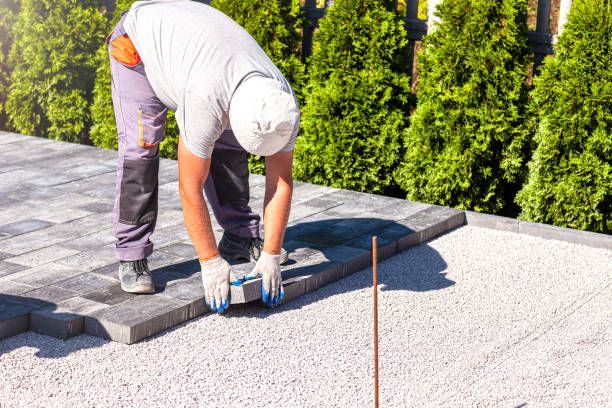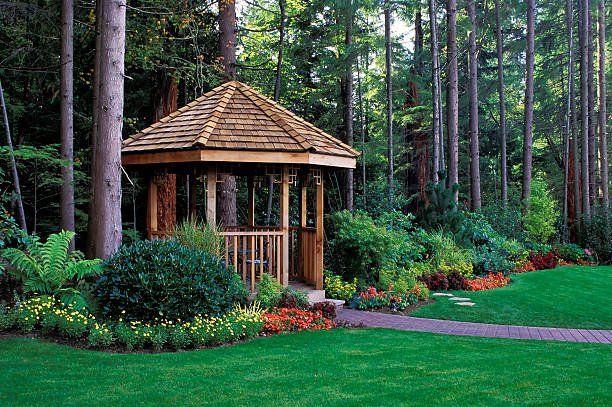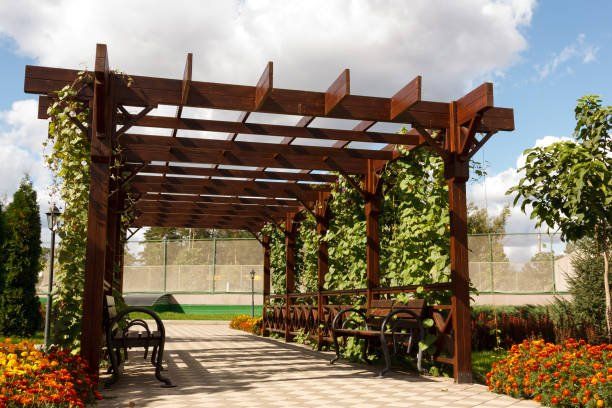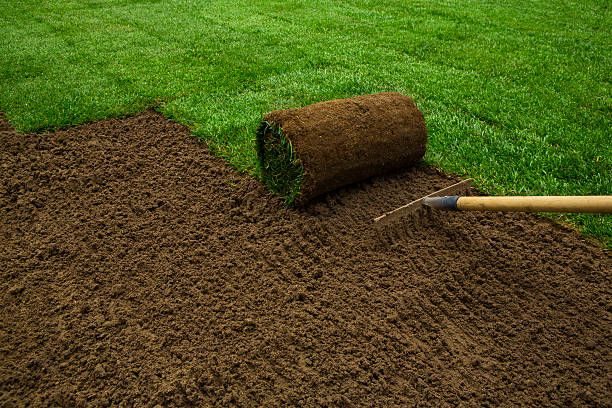Paver Patio
For a smooth and flat surface, you may choose either to use loose gravel or concrete slabs. One disadvantage of concrete slabs is that they tend to hold moisture and can discolor over time. When using loose gravel on a paver patio, you will find that it will need to be filled with water regularly to keep it from sliding. Pavers are much less prone to moisture and will not discolor as quickly.
Some DIY enthusiasts are opting for a "sculptured" border stone, which can also provide some measure of artistic satisfaction. If you choose this option, you will need to prepare the soil first. One advantage of preparing the soil ahead of time is that it makes it easier to break up the soil and mix the desired amount of sand, gravel, mulch or loose soil. To start, lay the sand or gravel on top of the previously prepared soil, making certain that the tops of the layers are flat and even. If needed, mix additional sand and/or gravel to the tops to level off the overall area.
Once the sand is in place, the pavers can be laid on top of the sand, sweeping them smoothly in a circular motion. For a truly unique appearance, line the edges of the paving stones with pebbles or flagstones. You can also opt to line the pages with large pebbles. Be sure to allow enough space between the edges of the paving stones and your home's siding for the water to drain properly.
When it comes to filling in the pavers, you'll find that a combination of sand and pebbles works well. It is important to remember that the smaller the particles used, the less likely they are to chip or break during heavy storms or unexpected downpours. For a paver patio that is both beautiful and functional, it is best to opt for a coarse sand and fine grit sand, or even a combination.
In most cases, it is possible to fill paver patio floors with sand at no additional cost, although larger and bulkier pieces of sand may require a charge from a local supplier. To keep the pavers looking clean and in good repair, it is recommended that you backwash the sand regularly. To do this, simply pour a small amount of water onto the sand and then scrub it gently with a garden hose. To get rid of hard stains and the look of scratches, you can also use mild soap and water to wash the sand.
Our Other Services




